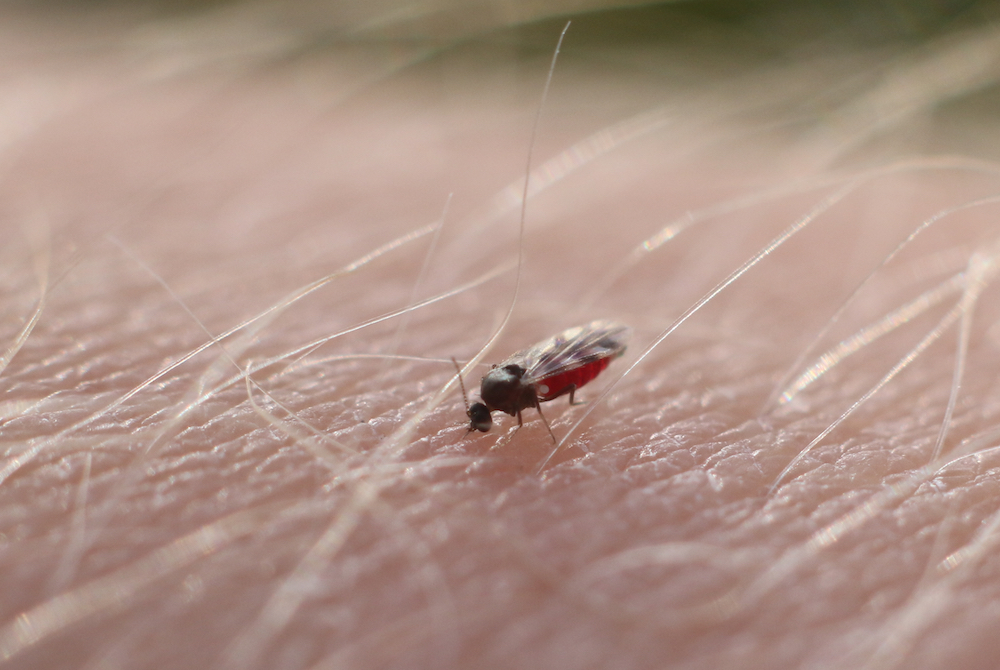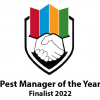How to Protect yourself from Biting Midges?
Barry Clare | Posted on |

For many living in the coastal areas of Brisbane and the Gold Coast, both mosquitoes and biting midges can ruin outdoor entertaining. But it’s often the voracious biting of the midges that is most annoying – when they’re bad, THEY’RE BAD! But the question is, “What can you do to protect yourself from biting midges?”
What are biting midges?
Biting midges are a very small fly, up to 3 mm long… some are small enough to get through fly screens! Sometimes they are called sandflies (which is incorrect) or no-see-ums.
Much like mosquitoes it is only the female that bites – she needs a blood meal in order to lay eggs. Again like mosquitoes they also feed on nectar and other plant fluids.
Are there any health concerns?
Although biting midges are annoying, sometimes painful and certainly itchy, they are not known to transmit any diseases. The itchiness and any allergic reaction is due to the saliva they inject when the midge bites.
Where do they live?
The female lays eggs in soil with a high level of moisture and organic content, such as mud, soil, sand around canals and decaying leaf litter. The worm-like larva that hatch live in this substrate and this is the biggest problem from a control point of view. Biting midges are common in mangrove areas and along canals and it’s impossible to treat the mud and soil without any treatment being washed away.
When the larvae are ready to turn into and adult they form a pupae. The peak emergence time for adults is around the full / new moons. When they’re not biting, the adults hide in the grass and amongst vegetation.
When are they active?
Typically biting midges are most active during dawn and dusk but will sometime continue biting during overcast days and at night.
They can be particularly active around the new and full moons as that the time of peak adult emergence. At these peak times it can sometimes be impossible to stay outside due to the number of bites.
They are most active under calm conditions and will seek shelter when windy, often amongst the vegetation – much the same hiding places as mosquitoes.
Biting Midge Treatments
As there are no registered products for biting midge larvae, the only control options are to try and reduce adult numbers.
Fortunately, as biting midge hiding places are much the same as those used by mosquitoes, a professional mosquito treatment from AllPro Pest Control will significantly reduce the biting midge population. We will “fog” the vegetation with insecticide and spray external surfaces – walls, furniture settings, awnings, etc.
The idea of the treatment is it leaves a thin layer of insecticide on the surfaces where they like to rest, killing them when then land. The treatment can keep biting midge numbers down for up to 6 weeks.
However, a treatment cannot be 100% effective due to the sheer numbers and their ability to fly in from up to 500 m away. As such it is generally necessary to have some additional protective measures in place.

Other protection tips
As biting midges can get through the gaps in fly screens, we can certainly spray your fly screens to prevent entry.
Use fitting, long sleeved clothing and using DEET based insect repellents will prevent any bites.
Check out the lunar cycle and avoid arranging an outdoor social event around the full / new moons.


Leave a Reply
You must be logged in to post a comment.